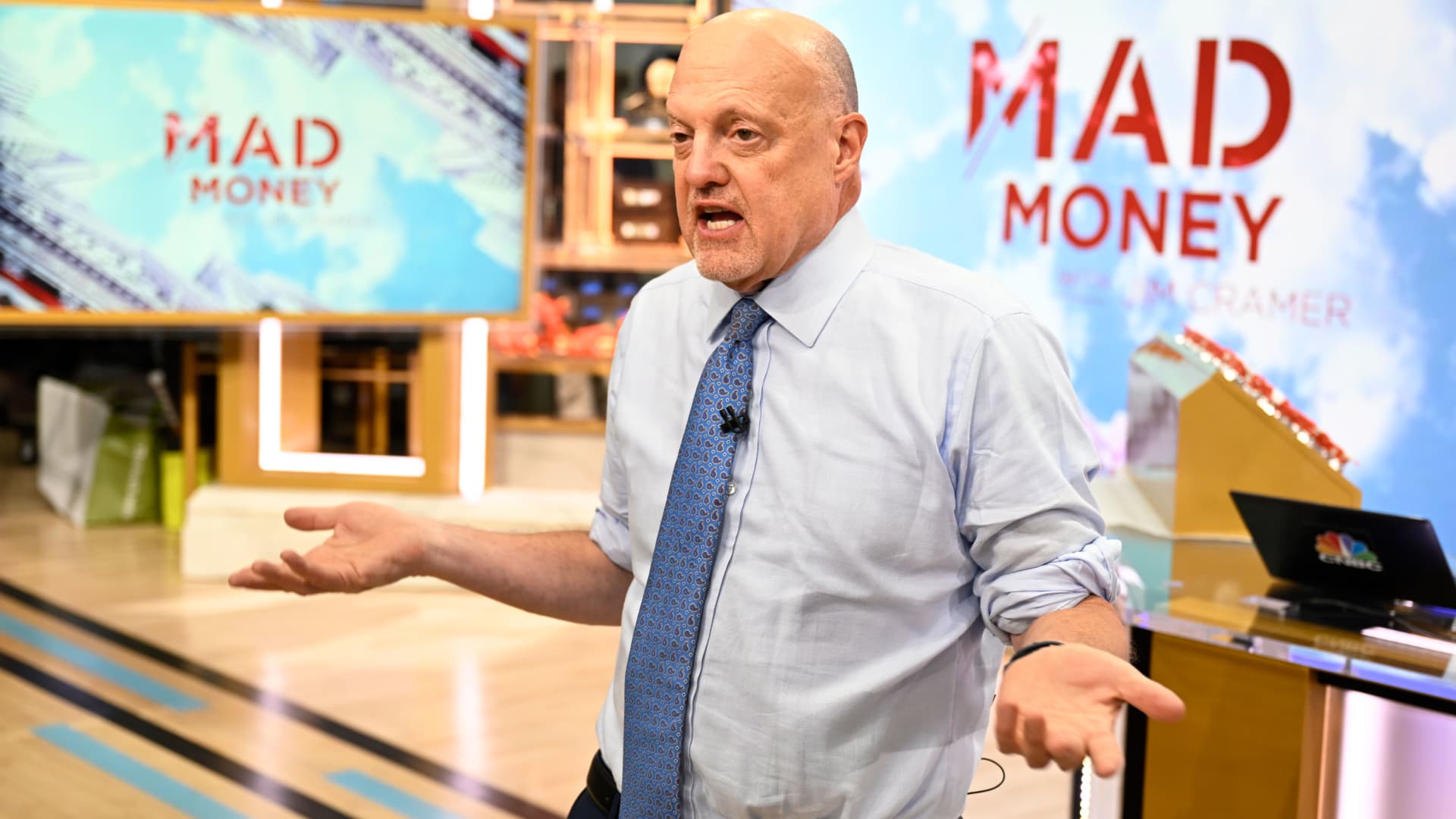How to create marketing that positively represents plus-size people
5 strategies to achieve inclusion.

I’ve been fat since I was a teenager. I’ve known since then that I would see other fat people only in magazines, movies and on TV as “the before picture,” “the fat best friend” or “the fat punchline.” Certainly, almost no one on a red carpet anywhere would look like me or my aunts or my neighbors.
Read Ad Age's latest news on diversity, equity and inclusion.
As American companies have begun to see the social and economic benefits of reaching consumers who want to see diverse demographics, fat representation has continued to lag behind. Even in today’s media landscape–where body positivity is a buzz phrase and we occasionally see big bodies on billboards—most media act like fat people don’t exist unless we’re being sold diets.
Last January, I became the chair of the National Association to Advance Fat Acceptance (NAAFA), an advocacy organization for fat people founded in 1969. A few months later, Google reached out requesting our expertise as it explored creating internal marketing guidelines for body inclusivity. We were intrigued but reserved. Would Google be willing to actually learn about anti-fatness and fat justice issues, or was it just looking for shortcuts to show off a few barely-plus-size people and then pat themselves on the back for inclusivity?
As NAAFA explored partnering with Google, we learned about the company’s All In marketing toolkit, which began in 2017 to help Google’s marketing team figure out the do’s and don’ts for authentic representation of people historically excluded from marketing. Google had already collaborated with other community organizations and committed to sharing its learned insights with the rest of the marketing and media industry. We began to trust that it would treat the fat community with the same care in creating these resources for its staff.
Creating fat-positive representation in marketing requires understanding anti-fatness as a serious social justice issue, one that intersects with many of the other equity issues that socially responsible companies say they want to address in their work. Here are 5 basic do’s for plus-size inclusion.
Examine your language
NAAFA is one of many fat rights groups that insist on using the word “fat” rather than other terms and euphemisms. We know there can be mixed reactions to the f-word, especially when it comes to business. Most companies use terms like “plus size,” “larger” or “higher weight.” Google opted to use “plus-size” based on feedback from its users. What does your audience want? How can you look to fat people for guidance?
Start behind the camera
If you’re not inclusive off screen you won’t be inclusive on screen. Hire plus-size staff. Work with fat creatives and influencers. Ensure your workspaces are accessible to bodies of all sizes and abilities (Pro tip: If you don’t have a variety of seating, you’re not there yet). Check your workplace culture, too. Diet jokes are not icebreakers and weight loss challenges “for health” actually create a toxic environment for many people, regardless of size.
Show fat people of all shapes and sizes
Inclusive representation means capturing the full range of fat bodies, including larger fat people (sometimes called supersize or superfat). It means not limiting representation to certain body types (such as hourglass figures for women and femmes). It also means you have to actually show fat people. If you’ve got plus-size people covered up in ways other bodies are not, that’s “othering,” not inclusion.
Include all kinds of big people
Current “progress” too often looks like able-bodied, young cisgender white women who are only slightly larger than the marketing norm. But that’s not the majority of Americans who are fat. Every other kind of diversity you can think of—racial, ethnic, gender, age, disability– includes fat people. All fat people need representation.
Throw out the old stereotypes
Fat people are more than sidekicks, buffoons and caretakers. There’s room for more roles! Show plus-size people in professional and leadership positions. Show us with agency, autonomy and confidence. Include varied relationship statuses, social groupings and family structures.
Representation in marketing is only a small slice of what businesses can be doing to make the world a better place, but it’s an important slice. Fat people’s erasure from media is dehumanizing. Visibility in marketing allows us, and everyone else, to see the full range of fat people’s humanity. The bottom line is that we fat people want to see ourselves just like everyone else does. Don’t stop with the tips above. Check out All In for even more detailed insights.
Don’t miss the latest news. Sign up for Ad Age newsletters here.

 Tekef
Tekef 































